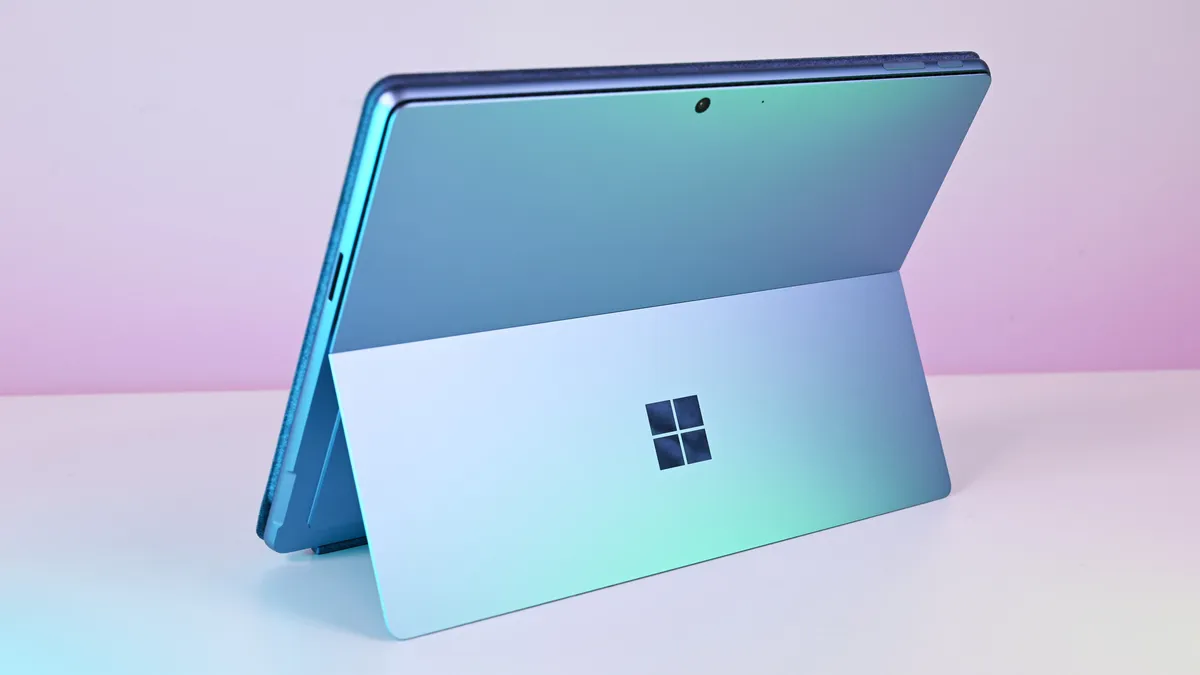
Recently, Microsoft has made a significant shift in its product offerings by quietly discontinuing the $999 entry-level configuration of the Surface Pro 11 and Surface Laptop 7. This move signals the company's strategy to introduce a new line of smaller and more affordable Surface PCs, including the newly announced Surface Pro 12-inch and Surface Laptop 13-inch.
The latest additions to the Surface lineup, the Surface Pro 12-inch and Surface Laptop 13-inch, are now available starting at $799 and $899, respectively. In contrast, the flagship Surface Pro 11 and Surface Laptop 7 have seen their starting prices rise to $1,199 on the Microsoft Store. This price adjustment went into effect this week, coinciding with the launch of the more affordable Surface models.
Many are left wondering whether this price increase is due to tariffs or other economic factors. However, it appears that Microsoft has not raised prices for that reason. Instead, the company has effectively removed the original $999 configuration from its online store, while maintaining other SKUs at their previous price points.
Initially, the Surface Pro 11 and Surface Laptop 7 could be configured with a Snapdragon X Plus, 16GB RAM, and 256GB SSD storage for $999. Now, the base model has been updated to include 512GB SSD storage, pushing the starting price to $1,199. This means that Microsoft has always offered the 512GB configuration at this price, and with the elimination of the 256GB SSD option, customers are now getting double the storage for an additional $200.
The timing of this pricing strategy suggests that Microsoft aims to position its new, smaller Surface devices as more attractive options. If the Surface Pro 11 and Surface Laptop 7 were still available at $999, the price difference between these flagship models and the new devices would only be $100 to $200, depending on the specific model. However, with the new starting price of $1,199, there is now a substantial $400 difference between the Surface Pro 12-inch and Surface Pro 11, and a $300 difference between the Surface Laptop 13-inch and Surface Laptop 7.
This pricing strategy can be seen as a clever tactic to enhance the perceived value of the new Surface devices. Historically, the flagship Surface Pro 11 and Surface Laptop 7 have been recognized as exceptional bargains, especially during promotional sales where they could be discounted to as low as $799. By phasing out the $999 entry-level option, Microsoft ensures that potential buyers won't find themselves comparing the new models to a similarly priced flagship device.
As a result, the elimination of the lower-end configurations may make the new Surface Pro 12-inch and Surface Laptop 13-inch appear as better deals, reinforcing Microsoft's strategy to attract consumers looking for affordable Surface PCs.